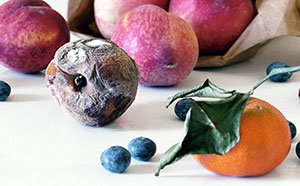
3rd Battalion, Princess Patricia’s Canadian Light Infantry
April 18, 2002
My uncle, Private James Tod, was killed in Sicily in 1944. It was such a painful loss that my family almost never spoke of Uncle Jim, who was a talented aspiring artist. I learned more about him only recently when I inherited photographs and letters he sent to the family during his time in the army. They gave me a fascinating glimpse into his life and character, and their discovery prompted my interest in both Canada’s involvement in Afghanistan and the individual soldiers who have died there.
For the past three years, I have been painting portraits of our fallen Canadians. Each is executed on a six-by-five-inch birch panel. The modular nature of the series is a significant aspect of the work; in addition to being practical, it subtly acknowledges the ubiquity of war: it can conform to any location. The notion of asymmetry complements the informality shown in some of the portraits, particularly those from early in the mission. Some of these images depict soldiers in the field, hatless and sunburned. This idiosyncratic informality might also be viewed as a kind of innocence, as if they had embarked without their official army photographs having been taken, since the conflict was not supposed to be such a protracted—or deadly—one. Presented here to mark the official end of the Afghanistan combat mission are portraits of the 157 Canadians who have died in the war.
After The Walrus’s July-August 2011 issue went to press, two more soldiers died in Afghanistan, bringing the total number of Canadians killed to 159. Bdr. Karl Manning of the 1er Bataillon, Royal 22e Régiment was found dead on May 27, 2011, in Zangabad. Master Cpl. Francis Roy of the Canadian Special Operations Regiment was found dead on June 25, 2011, in Kandahar. Both soldiers’ portraits have been appended to this gallery.

3rd Battalion, Princess Patricia’s Canadian Light Infantry
April 18, 2002

3rd Battalion, Princess Patricia’s Canadian Light Infantry
April 18, 2002

3rd Battalion, Princess Patricia’s Canadian Light Infantry
April 18, 2002

3rd Battalion, Royal Canadian Regiment
October 2, 2003

3rd Battalion, Royal Canadian Regiment
October 2, 2003

1st Battalion, Royal Canadian Regiment
January 27, 2004

2nd Battalion, Royal Canadian Regiment
November 24, 2005
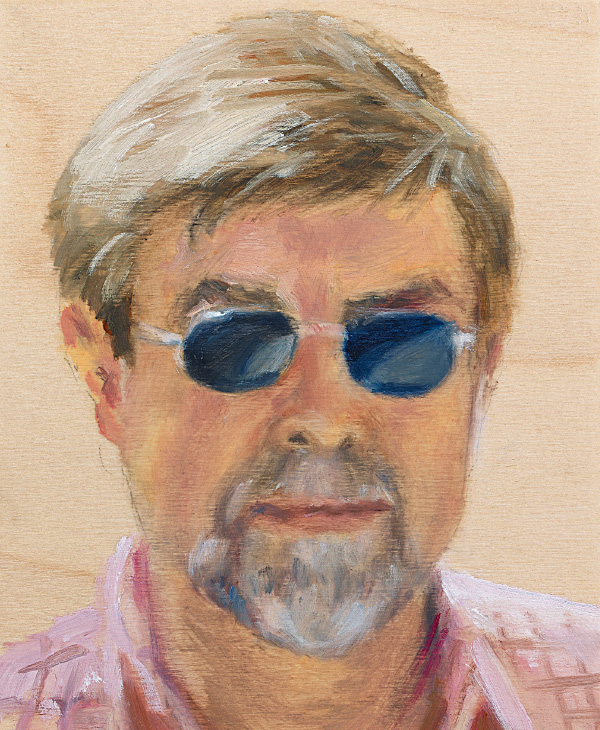
Director, Foreign Affairs Canada
January 15, 2006

2nd Battalion, Princess Patricia’s Canadian Light Infantry
March 2, 2006

2nd Battalion, Princess Patricia’s Canadian Light Infantry
March 5, 2006

1st Battalion, Princess Patricia’s Canadian Light Infantry
March 29, 2006

1 Military Police Unit
April 22, 2006

5th (British Columbia), Field Artillery Regiment
April 22, 2006

1 Military Police Unit
April 22, 2006

20th Field Artillery Regiment
April 22, 2006

1st Royal Canadian Horse Artillery
May 17, 2006

Lake Superior Scottish Regiment
July 9, 2006

1st Battalion, Princess Patricia’s Canadian Light Infantry
July 22, 2006

The Black Watch (Royal Highland Regiment) of Canada
July 22, 2006

1st Battalion, Princess Patricia’s Canadian Light Infantry
August 3, 2006

1st Battalion, Princess Patricia’s Canadian Light Infantry
August 3, 2006

1st Battalion, Princess Patricia’s Canadian Light Infantry
August 3, 2006
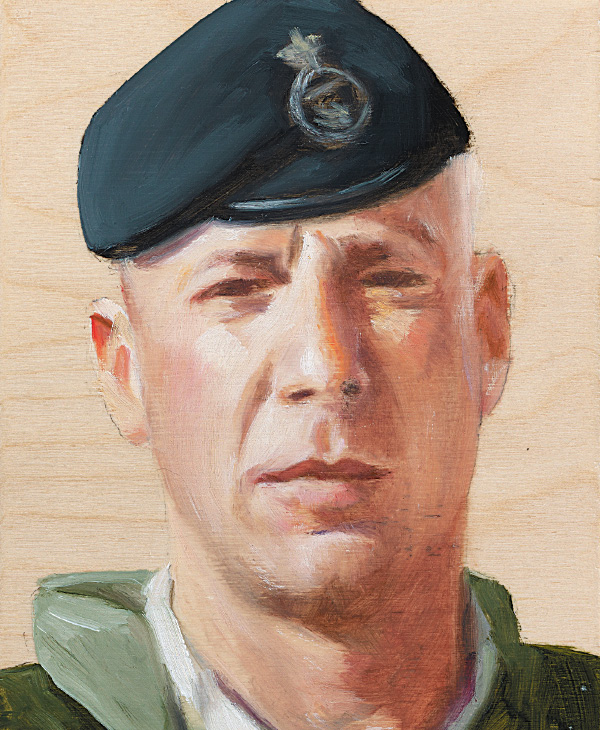
1st Battalion, Princess Patricia’s Canadian Light Infantry
August 3, 2006

Loyal Edmonton Regiment
August 5, 2006

2nd Battalion, Princess Patricia’s Canadian Light Infantry
August 9, 2006

1st Field Ambulance
August 11, 2006

2nd Battalion, Princess Patricia’s Canadian Light Infantry
August 22, 2006

1st Battalion, Royal Canadian Regiment
September 3, 2006

1st Battalion, Royal Canadian Regiment
September 3, 2006

1st Battalion, Royal Canadian Regiment
September 3, 2006

2 Combat Engineer Regiment
September 3, 2006

1st Battalion, Royal Canadian Regiment
September 4, 2006

2nd Field Ambulance
September 18, 2006
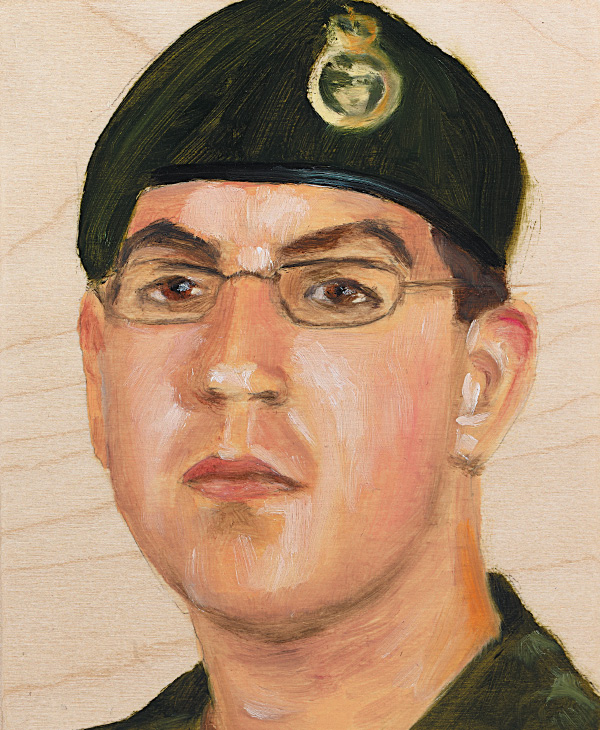
2nd Battalion, Princess Patricia’s Canadian Light Infantry
September 18, 2006
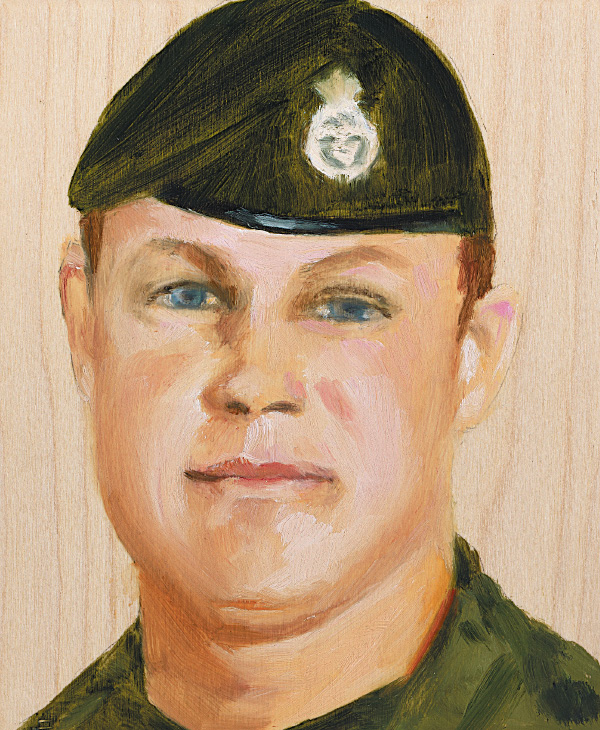
2nd Battalion, Princess Patricia’s Canadian Light Infantry
September 18, 2006

2nd Battalion, Princess Patricia’s Canadian Light Infantry
September 18, 2006
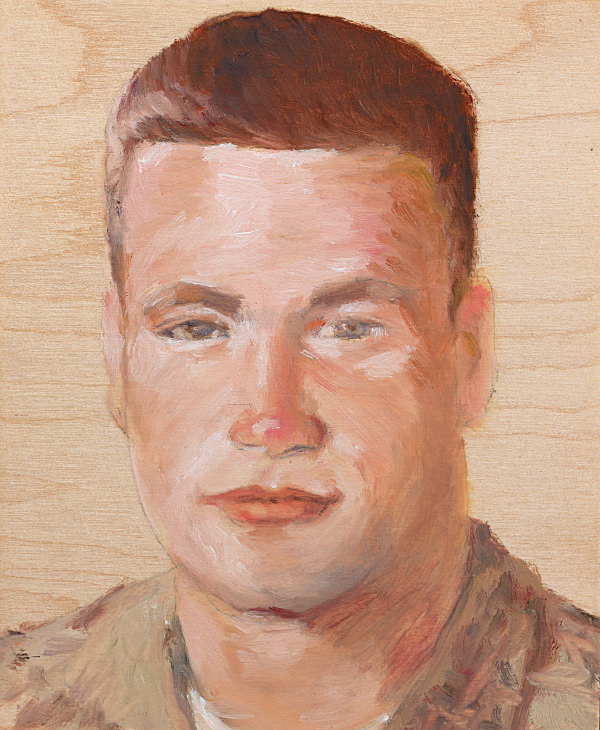
1st Battalion, Royal Canadian Regiment
September 29, 2006

Royal Canadian Dragoons
October 3, 2006
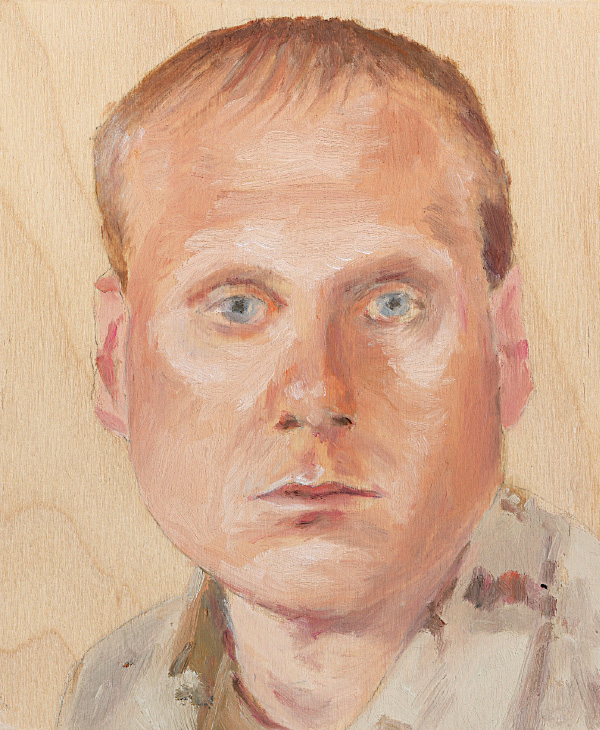
Royal Canadian Dragoons
October 3, 2006

Royal Canadian Dragoons
October 7, 2006

1st Battalion, Royal Canadian Regiment
October 14, 2006

1st Battalion, Royal Canadian Regiment
October 14, 2006

1st Battalion, Royal Canadian Regiment
November 27, 2006

1st Battalion, Royal Canadian Regiment
November 27, 2006
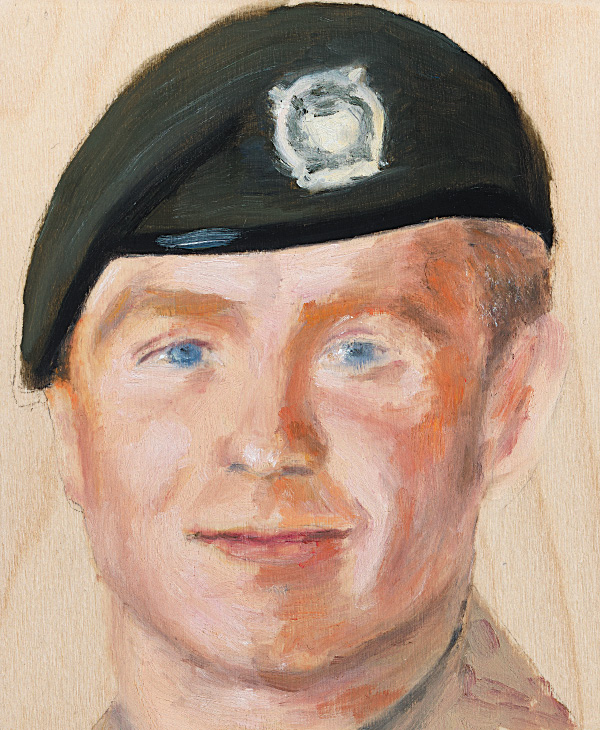
1st Battalion, The Nova Scotia Highlanders (North)
March 6, 2007
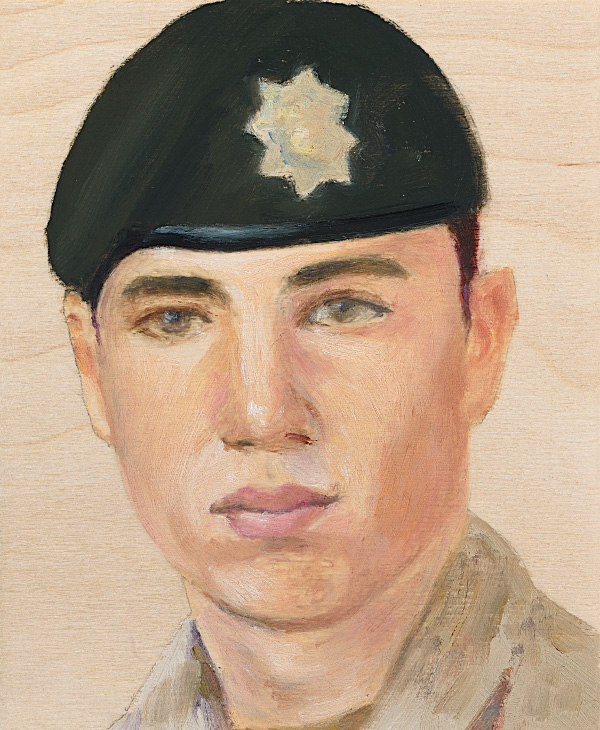
2nd Battalion, Royal Canadian Regiment
April 8, 2007
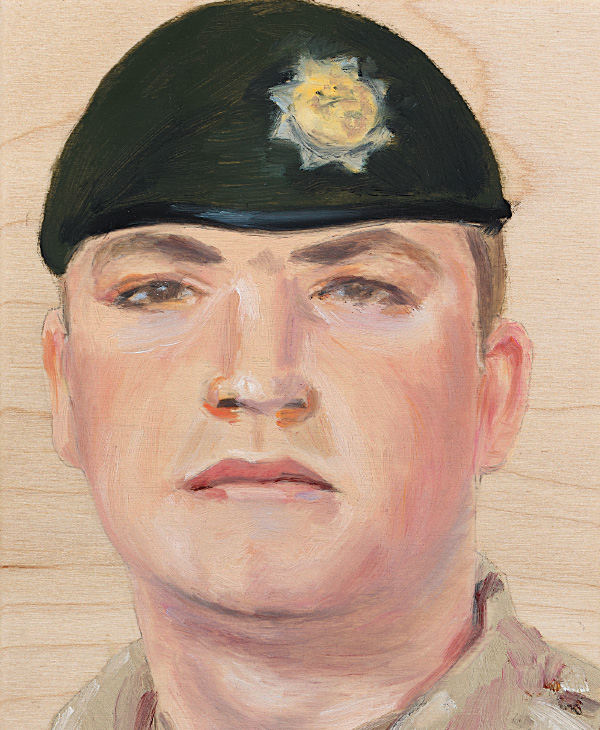
2nd Battalion, Royal Canadian Regiment
April 8, 2007

2nd Battalion, Royal Canadian Regiment
April 8, 2007

2nd Battalion, Royal Canadian Regiment
April 8, 2007

Princess Louise Fusiliers
April 8, 2007
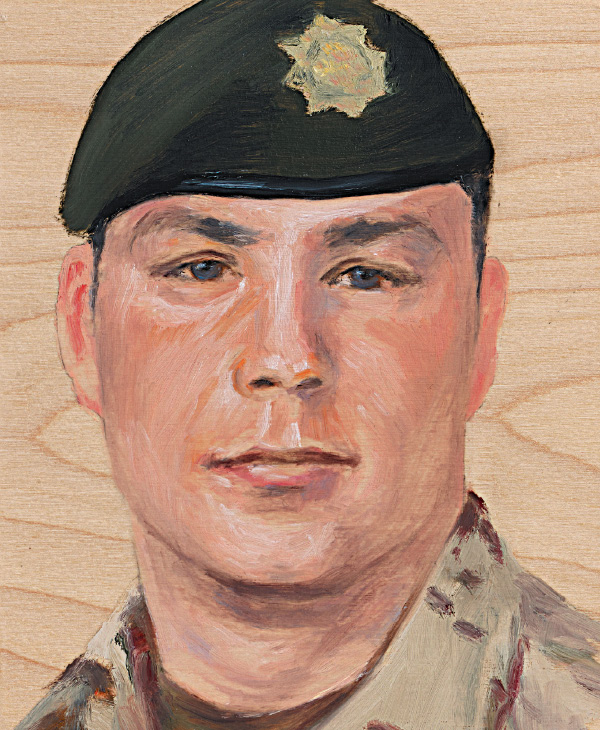
2nd Battalion, Royal Canadian Regiment
April 8, 2007

Royal Canadian Dragoons
April 11, 2007
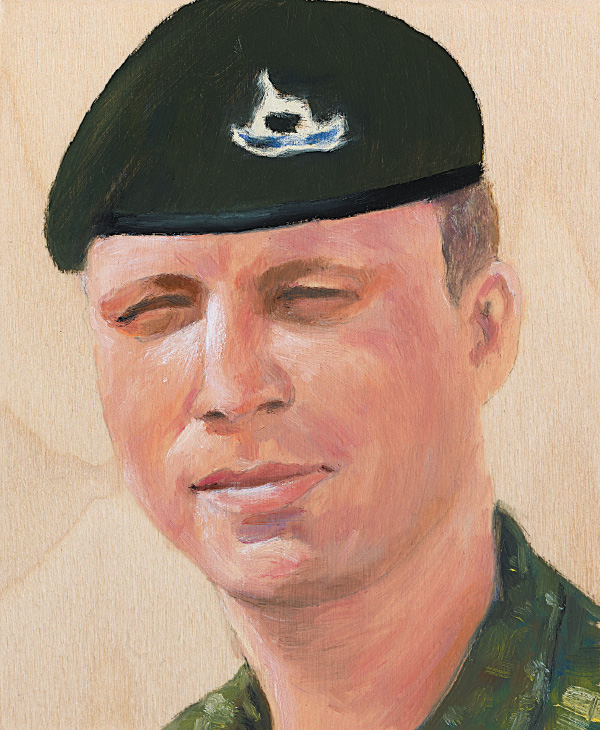
Royal Canadian Dragoons
April 11, 2007

Canadian Special Operations Forces Command
April 18, 2007

2 Canadian Mechanized Brigade Group Headquarters and Signals Squadron
May 25, 2007

Army News Team, 3 Area Support Group
May 30, 2007

Royal Canadian Dragoons
June 11, 2007

3rd Battalion, Princess Patricia’s Canadian Light Infantry
June 20, 2007

3rd Battalion, Princess Patricia’s Canadian Light Infantry
June 20, 2007

3rd Battalion, Princess Patricia’s Canadian Light Infantry
June 20, 2007

3rd Battalion, Princess Patricia’s Canadian Light Infantry
July 4, 2007
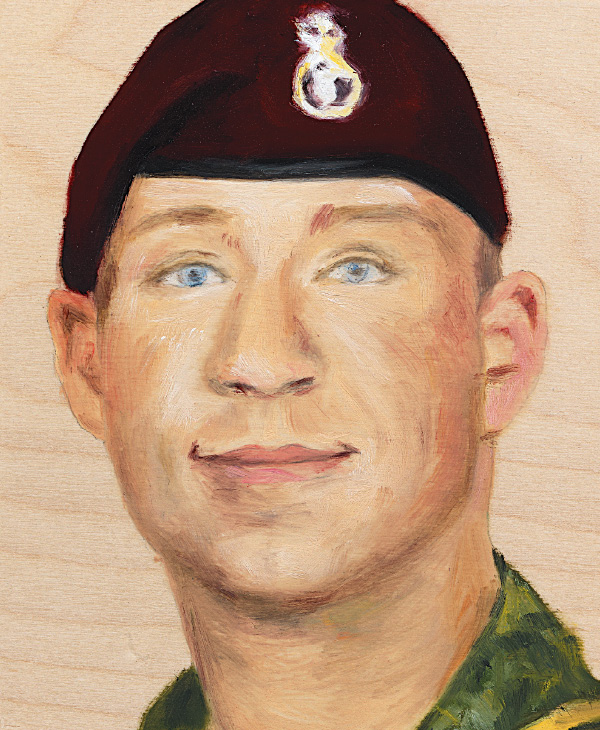
3rd Battalion, Princess Patricia’s Canadian Light Infantry
July 4, 2007

Royal Westminster Regiment
July 4, 2007

3rd Battalion, Princess Patricia’s Canadian Light Infantry
July 4, 2007

1st Royal Canadian Horse Artillery
July 4, 2007

3rd Battalion, Princess Patricia’s Canadian Light Infantry
July 4, 2007

3e Bataillon, Royal 22e Régiment
August 19, 2007

5th Field Ambulance
August 22, 2007

2e Bataillon, Royal 22e Régiment
August 22, 2007

Armoured Corps, Royal Canadian Dragoons
August 29, 2007

The King’s Own Calgary Regiment
September 24, 2007

2e Bataillon, Royal 22e Régiment
November 14, 2007

5th Field Ambulance
November 17, 2007

3e Bataillon, Royal 22e Régiment
November 17, 2007

5e Régiment d’artillerie légère du Canada
December 30, 2007

2e Bataillon, Royal 22e Régiment
January 6, 2008

2e Bataillon, Royal 22e Régiment
January 6, 2008

12e Régiment blindé du Canada
January 15, 2008

5 Combat Engineer Regiment
January 23, 2008

Lord Strathcona’s Horse (Royal Canadians)
March 2, 2008

1st Royal Canadian Horse Artillery
March 11, 2008

2nd Battalion, Princess Patricia’s Canadian Light Infantry
March 16, 2008

2nd Battalion, Princess Patricia’s Canadian Light Infantry
April 4, 2008

15th Field Ambulance
May 6, 2008

2nd Battalion, Princess Patricia’s Canadian Light Infantry
June 3, 2008

1st Battalion, Princess Patricia’s Canadian Light Infantry
June 7, 2008

Canadian Forces Base Winnipeg Military Police, Dundurn Detachment
July 4, 2008

1st Field Ambulance
July 5, 2008

2nd Battalion, Princess Patricia’s Canadian Light Infantry
July 18, 2008

2nd Battalion, Princess Patricia’s Canadian Light Infantry
August 9, 2008

3rd Battalion, Princess Patricia’s Canadian Light Infantry
August 11, 2008

1 Combat Engineer Regiment
August 20, 2008

1 Combat Engineer Regiment
August 20, 2008
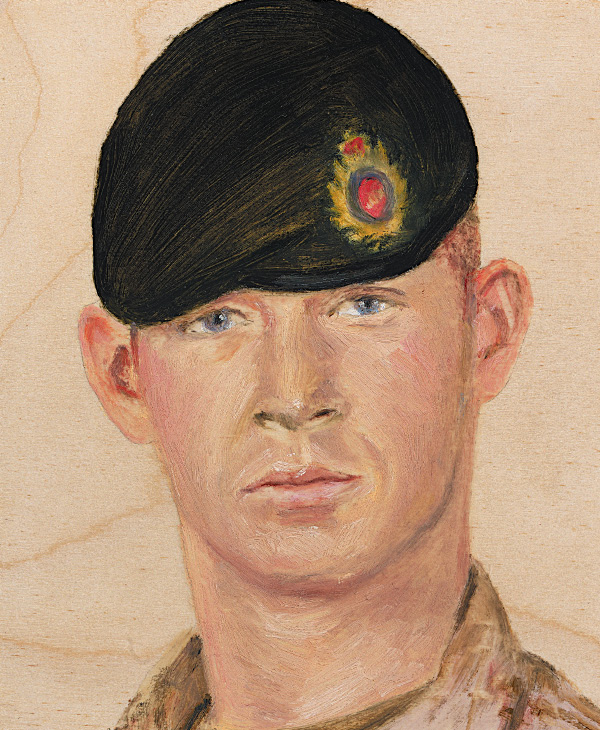
1 Combat Engineer Regiment
August 20, 2008

2nd Battalion, Princess Patricia’s Canadian Light Infantry Battle Group
September 3, 2008

2nd Battalion, Princess Patricia’s Canadian Light Infantry Battle Group
September 3, 2008

2nd Battalion, Princess Patricia’s Canadian Light Infantry Battle Group
September 3, 2008

2nd Battalion, Princess Patricia’s Canadian Light Infantry Battle Group
September 7, 2008
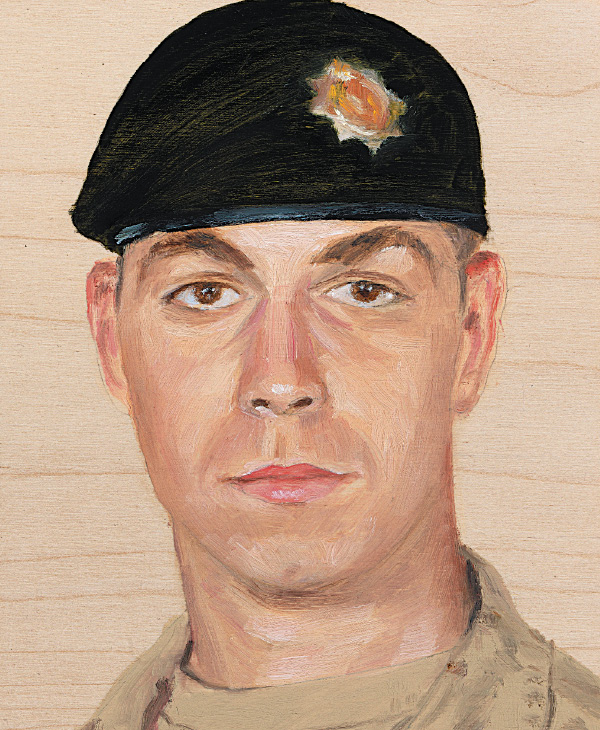
1st Battalion, Royal Canadian Regiment
December 5, 2008

1st Battalion, Royal Canadian Regiment
December 5, 2008

1st Battalion, Royal Canadian Regiment
December 5, 2008

2nd Battalion, Royal Canadian Regiment
December 13, 2008

2nd Battalion, Royal Canadian Regiment
December 13, 2008

2nd Battalion, Royal Canadian Regiment
December 13, 2008

3rd Battalion, Royal Canadian Regiment
December 26, 2008

Engineer Regiment, serving as a member of 3rd Battalion, Royal Canadian Regiment Battle Group
December 27, 2008

2nd Battalion, Irish Regiment of Canada
December 27, 2008

3rd Battalion, Royal Canadian Regiment Battle Group
January 7, 2009
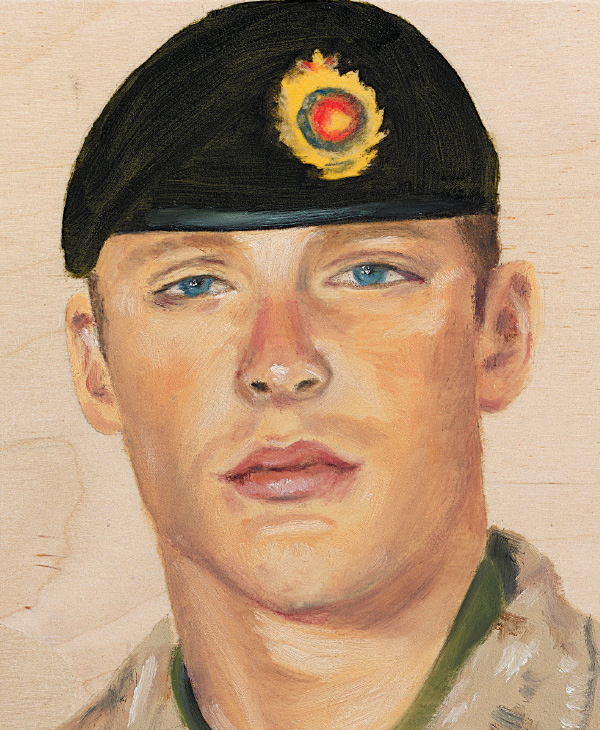
24 Field Engineer Squadron, 2 Combat Engineer Regiment, 3rd Battalion, Royal Canadian Regiment Battle Group
January 31, 2009

Lincoln and Welland Regiment
March 3, 2009

425 Tactical Fighter Squadron, 3 Wing Bagotville
March 3, 2009

2 Canadian Mechanized Brigade Group Headquarters and Signals Squadron
March 3, 2009

Royal Canadian Dragoons, 3rd Battalion, Royal Canadian Regiment Battle Group
March 8, 2009

Royal Canadian Dragoons, 3rd Battalion, Royal Canadian Regiment Battle Group
March 20, 2009

3rd Battalion, Royal Canadian Regiment Battle Group
March 20, 2009

Royal Canadian Dragoons, 3rd Battalion, Royal Canadian Regiment Battle Group
March 20, 2009

3rd Battalion, Royal Canadian Regiment Battle Group
March 20, 2009

12e Régiment blindé du Canada, Groupment tactique, 2e Bataillon, Royal 22e Régiment
April 13, 2009

Chief of Defence Intelligence
April 23, 2009

3e Bataillon, Royal 22e Régiment
June 8, 2009

5 Combat Engineer Regiment
June 14, 2009

3rd Battalion, Princess Patricia’s Canadian Light Infantry
July 3, 2009

2e Bataillon, Royal 22e Régiment
July 4, 2009

430e Escadron tactique d’hélicoptères
July 6, 2009

3e Bataillon, Royal 22e Régiment
July 6, 2009

2e Bataillon, Royal 22e Régiment
July 16, 2009
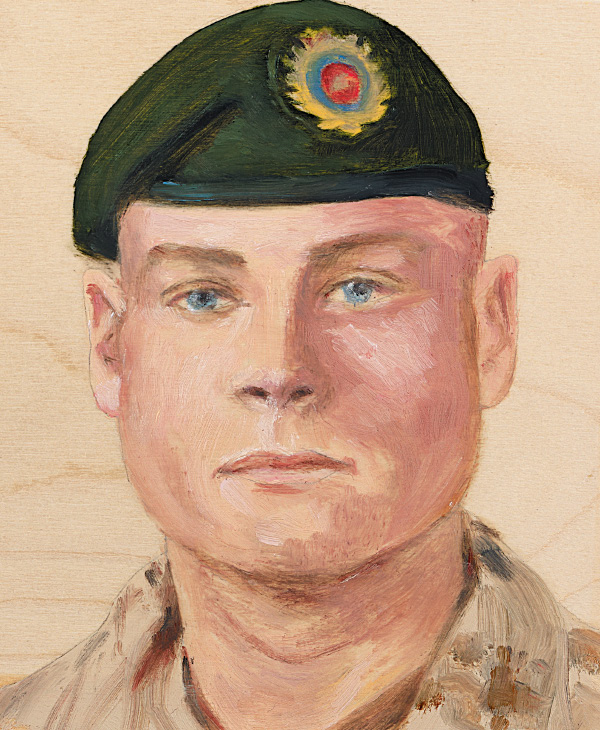
5e Régiment du génie de combat, Groupement tactique, 2e Bataillon, Royal 22e Régiment
August 1, 2009

5e Régiment du génie de combat, Groupement tactique, 2e Bataillon, Royal 22e Régiment
August 1, 2009

5e Régiment du génie de combat, Groupement tactique, 2e Bataillon, Royal 22e Régiment,
September 6, 2009

5e Régiment du génie de combat, Groupement tactique, 2e Bataillon, Royal 22e Régiment
September 6, 2009

2e Bataillon, Royal 22e Régiment
September 13, 2009

2e Bataillon, Royal 22e Régiment
September 17, 2009

3rd Battalion, Princess Patricia’s Canadian Light Infantry
October 28, 2009

1 Combat Engineer Regiment
October 30, 2009

1st Battalion, Princess Patricia’s Canadian Light Infantry
December 23, 2009

2nd Battalion, Princess Patricia’s Canadian Light Infantry
December 30, 2009
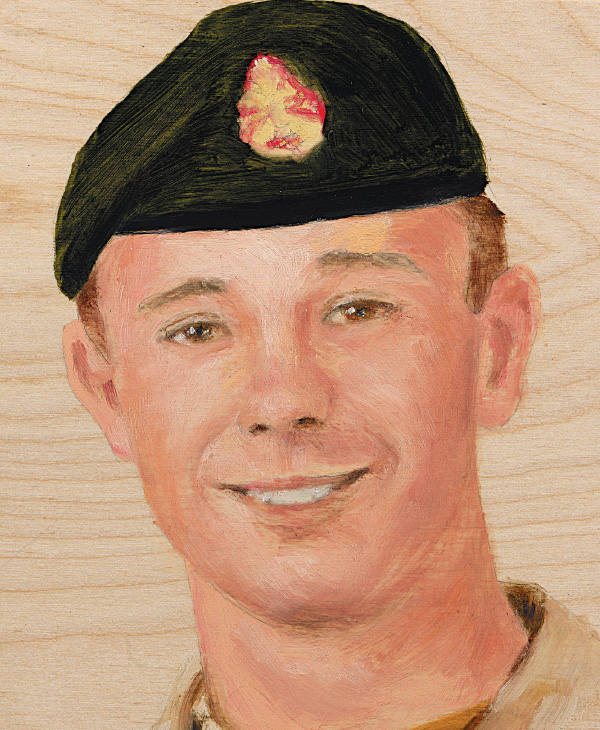
Loyal Edmonton Regiment, 4th Battalion, Princess Patricia’s Canadian Light Infantry
December 30, 2009

41 Combat Engineer Regiment
December 30, 2009

84 Independent Field Battery, Royal Canadian Artillery
December 30, 2009

1st Battalion, Princess Patricia’s Canadian Light Infantry
January 16, 2010

28th Field Ambulance, Ottawa
February 10, 2010

Loyal Edmonton Regiment, 4th Battalion, Princess Patricia’s Canadian Light Infantry
February 12, 2010

3rd Battalion, Princess Patricia’s Canadian Light Infantry
March 20, 2010

1st Battalion, Princess Patricia’s Canadian Light Infantry
April 11, 2010
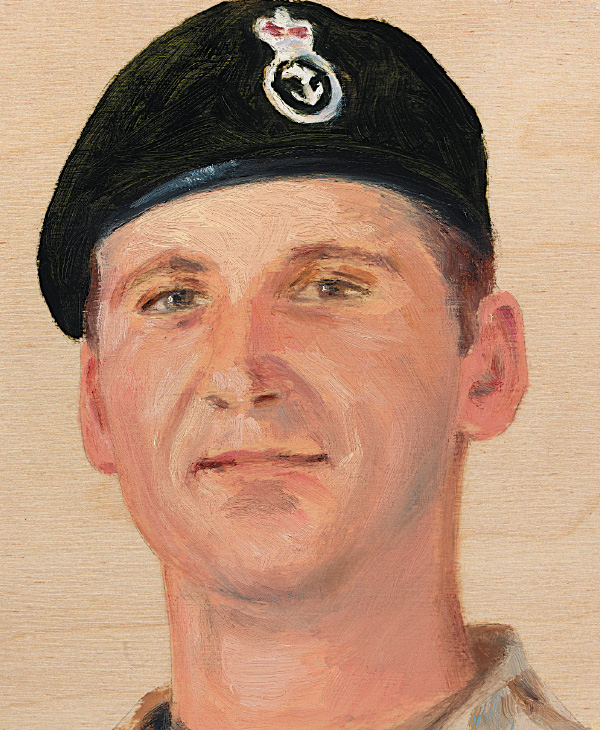
Fleet Diving Unit (Atlantic)
May 3, 2010

1st Battalion, Princess Patricia’s Canadian Light Infantry
May 13, 2010

Land Forces Central Area Headquarters
May 18, 2010

Royal Canadian Dragoons
May 24, 2010

1 Combat Engineer Regiment
June 6, 2010

2 Combat Engineer Regiment
June 21, 2010

1st Field Ambulance
June 26, 2010

2nd Field Ambulance
June 26, 2010

1 Combat Engineer Regiment
July 20, 2010

2nd Battalion, Royal Newfoundland Regiment
August 30, 2010

3e Bataillon, Royal 22e Régiment
December 18, 2010

1er Bataillon, Royal 22e Régiment
March 27, 2011

1er Bataillon, Royal 22e Régiment
May 27, 2011

Canadian Special Operations Regiment
June 25, 2011
Correction: In the printed version of this visual essay, we misidentifed Spr. Matthieu Allard, Cpl. Glen Arnold, Cpl. Christian Bobbitt, Pte. David Byers, Pte. Sébeastien Courcy, Cpl. Jean-François Drouin, Cpl. Martin Joannette, Cpl. Shane Keating, and Cpl. Keith Morley. The Walrus deeply regrets these errors.
This special section honouring our fallen soldiers is sponsored by Bennett Jones.
This appeared in the July/August 2011 issue.


